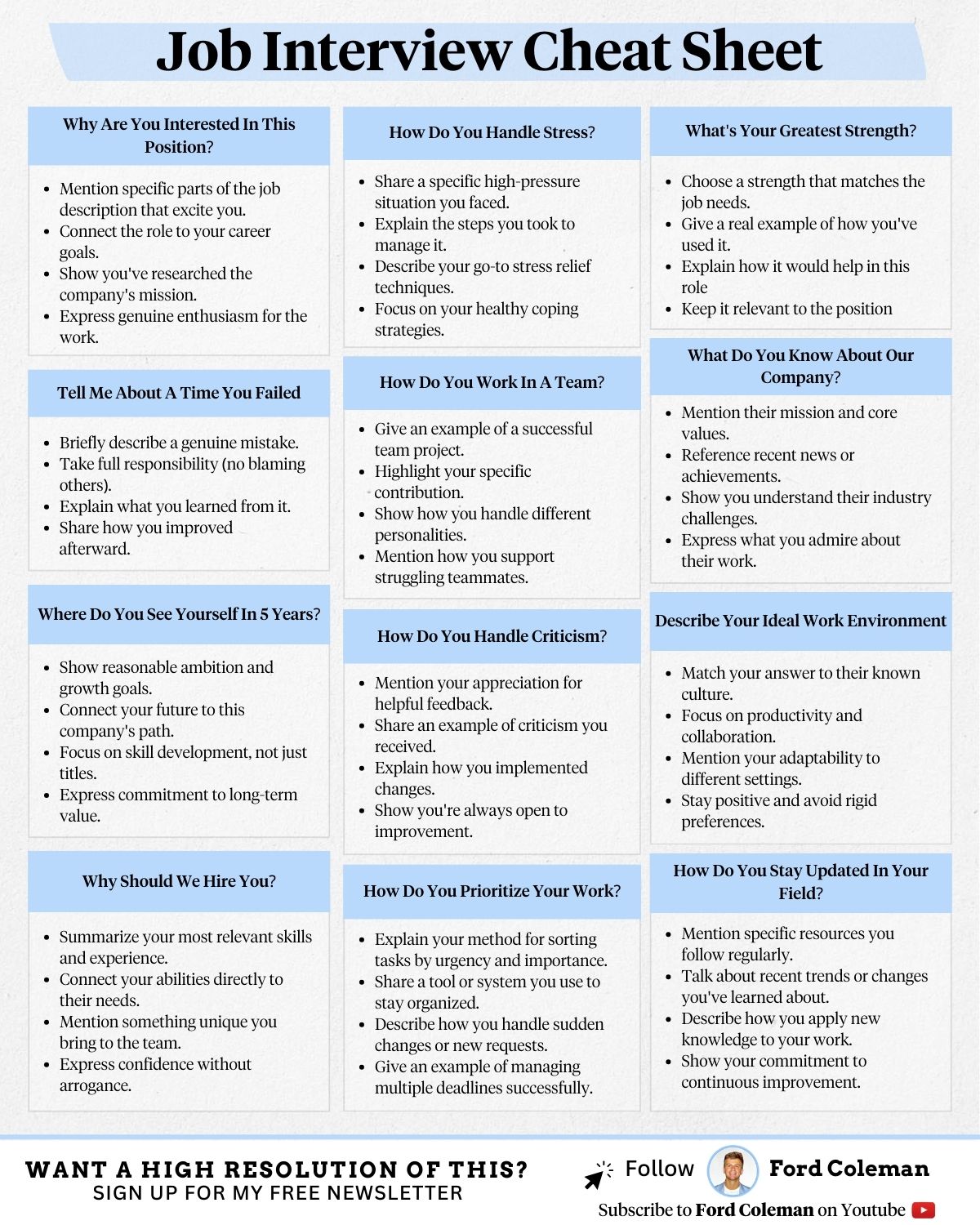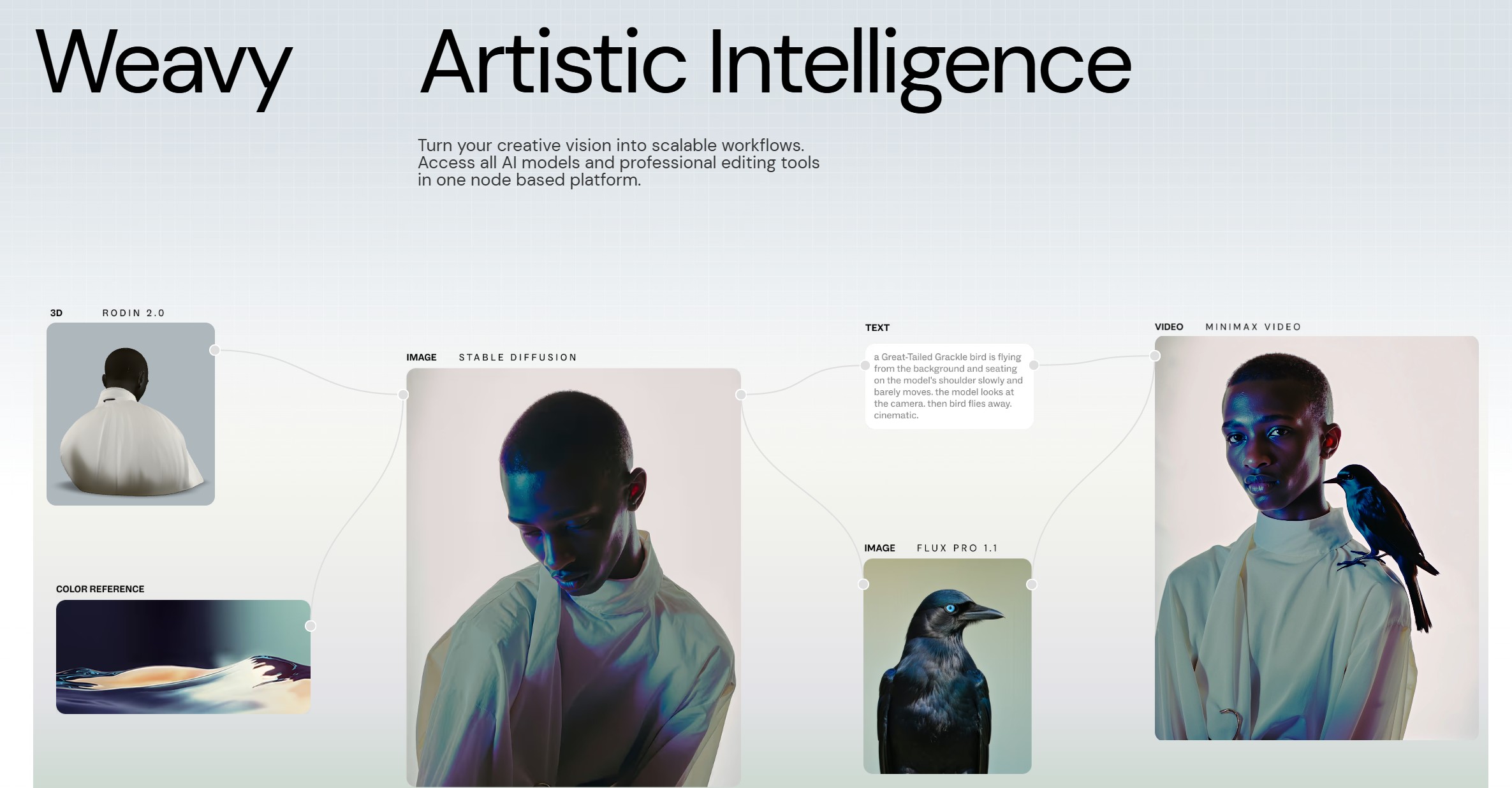BREAKING NEWS
LATEST POSTS
-
ComfyRun – A fully open source and self-hosted solution to run your ComfyUI workflows at blazing fast speeds on cloud GPUs
https://github.com/punitda/ComfyRun
Best suited for individuals who want to
- Run complex workflows in seconds on the powerful GPUs like A10G, A100, and H100
- Experiment with any workflows you find across web without worrying about breaking your local ComfyUI environment
- Edit workflows on the go
-
Python Windows environment requirements vs apps and custom venv installs

Think of Python like a big toolkit of tools (the interpreter and all its libraries). On Windows, you need to install that toolkit in one place so the operating system knows “Here’s where Python lives.” Once that’s in place, each application can make its own little copy of the toolkit (a venv) to keep its dependencies separate. Here’s why this setup is necessary:
(more…) -
Google Stitch – Transform ideas into UI designs for mobile and web applications
https://stitch.withgoogle.com/
Stitch is available for free of charge with certain usage limits. Each user receives a monthly allowance of 350 generations using Flash mode and 50 generations using Experimental mode. Please note that these limits are subject to change.
-
Runway Partners with AMC Networks Across Marketing and TV Development
https://runwayml.com/news/runway-amc-partnership
Runway and AMC Networks, the international entertainment company known for popular and award-winning titles including MAD MEN, BREAKING BAD, BETTER CALL SAUL, THE WALKING DEAD and ANNE RICE’S INTERVIEW WITH THE VAMPIRE, are partnering to incorporate Runway’s AI models and tools in AMC Networks’ marketing and TV development processes.

-
LumaLabs.ai – Introducing Modify Video
https://lumalabs.ai/blog/news/introducing-modify-video
Reimagine any video. Shoot it in post with director-grade control over style, character, and setting. Restyle expressive actions and performances, swap entire worlds, or redesign the frame to your vision.
Shoot once. Shape infinitely.
FEATURED POSTS
-
Photography basics: Exposure Value vs Photographic Exposure vs Il/Luminance vs Pixel luminance measurements
Also see: https://www.pixelsham.com/2015/05/16/how-aperture-shutter-speed-and-iso-affect-your-photos/
In photography, exposure value (EV) is a number that represents a combination of a camera’s shutter speed and f-number, such that all combinations that yield the same exposure have the same EV (for any fixed scene luminance).
The EV concept was developed in an attempt to simplify choosing among combinations of equivalent camera settings. Although all camera settings with the same EV nominally give the same exposure, they do not necessarily give the same picture. EV is also used to indicate an interval on the photographic exposure scale. 1 EV corresponding to a standard power-of-2 exposure step, commonly referred to as a stop
EV 0 corresponds to an exposure time of 1 sec and a relative aperture of f/1.0. If the EV is known, it can be used to select combinations of exposure time and f-number.Note EV does not equal to photographic exposure. Photographic Exposure is defined as how much light hits the camera’s sensor. It depends on the camera settings mainly aperture and shutter speed. Exposure value (known as EV) is a number that represents the exposure setting of the camera.
Thus, strictly, EV is not a measure of luminance (indirect or reflected exposure) or illuminance (incidentl exposure); rather, an EV corresponds to a luminance (or illuminance) for which a camera with a given ISO speed would use the indicated EV to obtain the nominally correct exposure. Nonetheless, it is common practice among photographic equipment manufacturers to express luminance in EV for ISO 100 speed, as when specifying metering range or autofocus sensitivity.
The exposure depends on two things: how much light gets through the lenses to the camera’s sensor and for how long the sensor is exposed. The former is a function of the aperture value while the latter is a function of the shutter speed. Exposure value is a number that represents this potential amount of light that could hit the sensor. It is important to understand that exposure value is a measure of how exposed the sensor is to light and not a measure of how much light actually hits the sensor. The exposure value is independent of how lit the scene is. For example a pair of aperture value and shutter speed represents the same exposure value both if the camera is used during a very bright day or during a dark night.
Each exposure value number represents all the possible shutter and aperture settings that result in the same exposure. Although the exposure value is the same for different combinations of aperture values and shutter speeds the resulting photo can be very different (the aperture controls the depth of field while shutter speed controls how much motion is captured).
EV 0.0 is defined as the exposure when setting the aperture to f-number 1.0 and the shutter speed to 1 second. All other exposure values are relative to that number. Exposure values are on a base two logarithmic scale. This means that every single step of EV – plus or minus 1 – represents the exposure (actual light that hits the sensor) being halved or doubled.Formulas
(more…)






